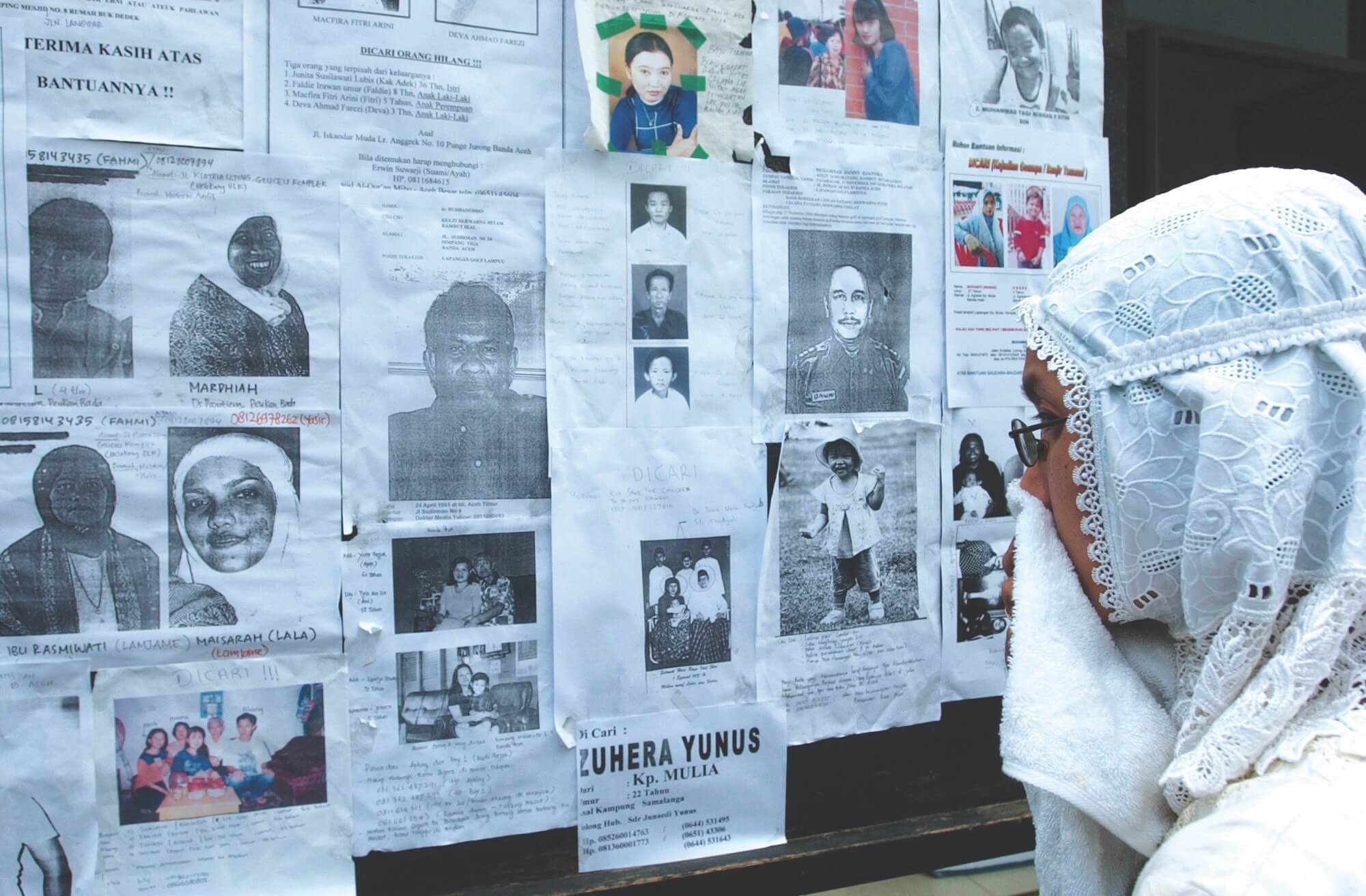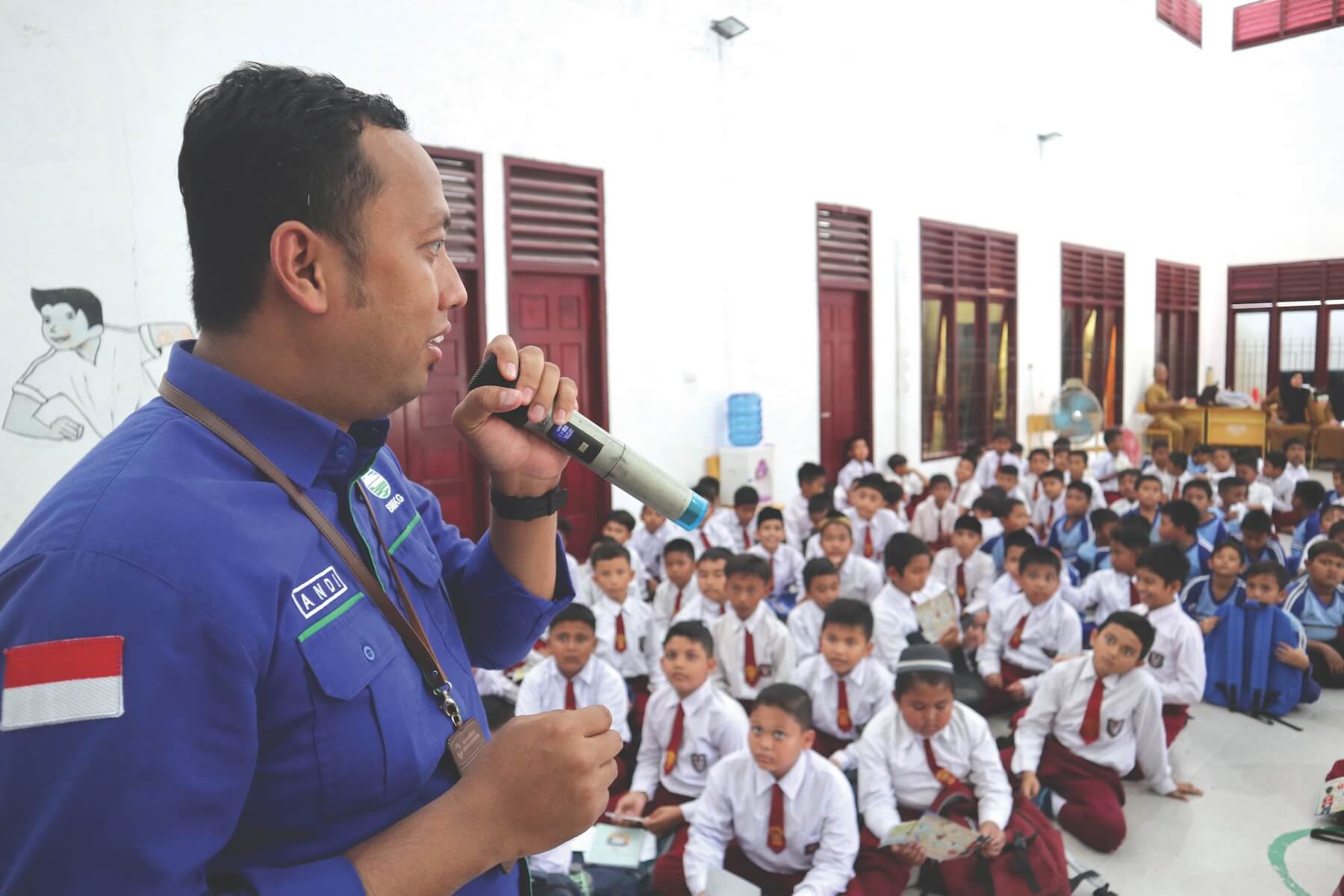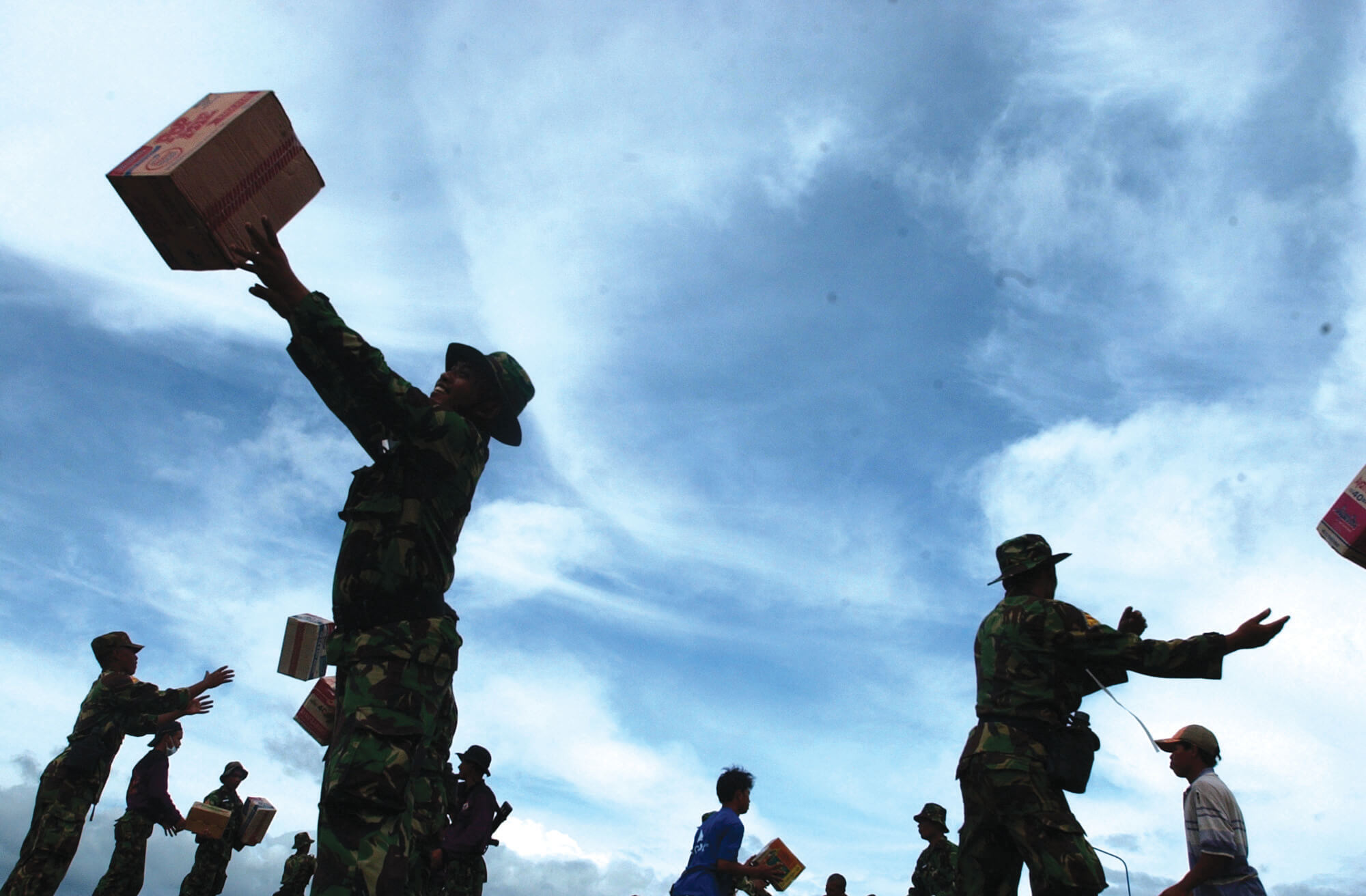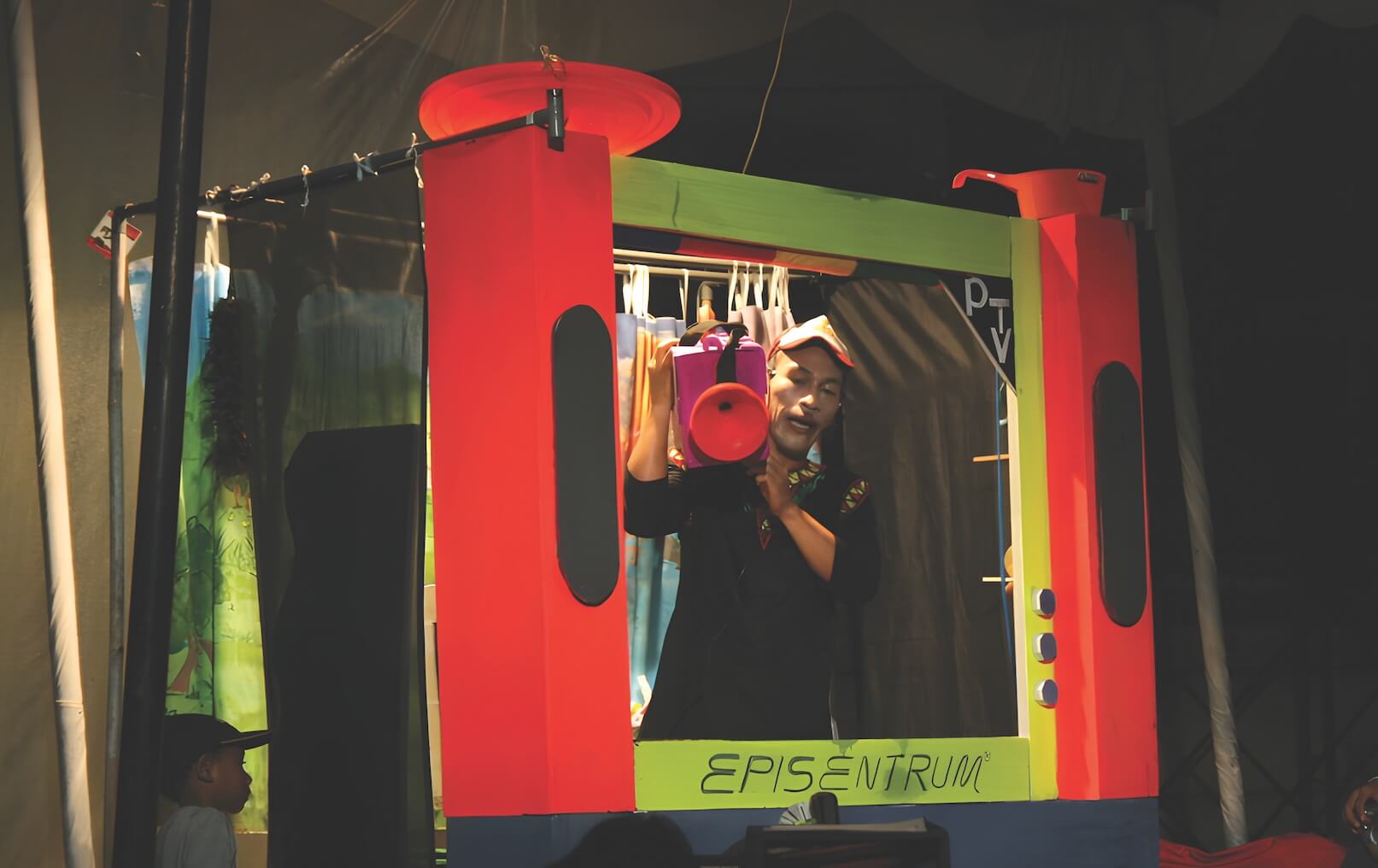



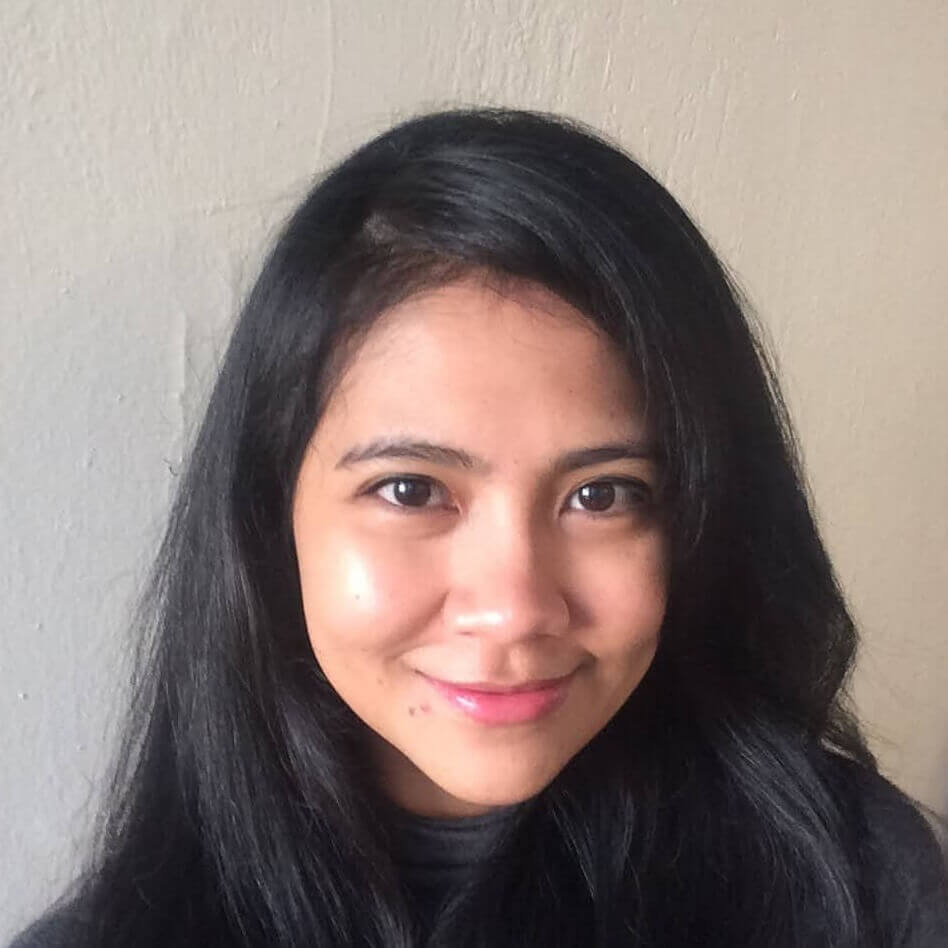
Fifty-five-year-old Agus Nur Amal PM Toh is an Acehnese traditional storytelling artist. His love for the arts began in his hometown of Sabang on Weh Island, Aceh, the westernmost island in Indonesia. It is in a theatre's spectator seats where he discovered and became mesmerised by the magical worlds created by actors and crews of travelling performers. As a child, the beautiful set made from old drums and planks stole his attention.
They built the stage in the town square, complete with colourful backdrops that they changed manually with rail. On stage, I can see the big cities or even the underwater sea come to life. Little me can’t get these pictures out of my head.”
Agus has used this passion to help his home province in times of conflict and tragedy. After pursuing a higher degree at Institut Kesenian Jakarta [Jakarta Institute of Arts], he returned to Aceh. He sought an apprenticeship with his personal hero and legendary storyteller, Tengku Adnan PM Toh.
Agus explained that Tengku Adnan was more than just a storyteller; he was also an Imam, and a community leader in his neighbourhood. “He was responsible for distributing zakat [alms] to the community.”
“What I learned from Tengku Adnan was more than just storytelling. It was an important lesson about life.”
In the 1990s, Agus established the Tikar Pandan community to preserve local traditions and support his community in every way he could. His performances, particularly the show he called TV Eng Ong, became a fixture in temporary shelters for people displaced then by the conflict in Aceh.
TV Eng Ong is a make-believe interactive news show with live reports from Agus and the audience. The performances include a cardboard TV frame and household items like a water dipper and sandals.
TV Eng Ong offered comfort and a brief escape from the harsh realities, some even regarding them as a form of trauma healing. In the same spirit, Agus continued his work to support those affected by the 2004 Indian Ocean Tsunami.
Agus was in Jakarta on that fateful day, 26 December 2004. He had made it a habit of staying in country’s capital city for one year and returning to Aceh for another year. He returned to Aceh a week after the tsunami hit.
“It was incredible. You could see the sea from the Banda Aceh airport. Before, you could not do that. At that time, I did not have the courage to go to Banda Aceh (Aceh province’s capital). So, I stayed at a fishermen’s village near Pidie named Kembang Tanjung.”
Agus recalled that most of the villagers survived because they heeded the warnings of the Imam, who was concerned about the continuous earthquakes leading to December 26th.
“When I was there, they returned to see the village. They were devastated due to their houses being demolished. The people and I started to build emergency camps. Every afternoon, I would give the kids activities, including TV Eng Ong. My only goal was to make the kids happy. We played football together, and eventually, we played on the beach together.”
“The parents were so happy when they saw how the kids had overcome their trauma of the sea really quickly. I think the adults’ trauma was actually bigger and deeper than the kids,” Agus assessed.
Agus stayed in Kembang Tanjung for a few weeks. Upon hearing that Banda Aceh was becoming more accessible, he travelled there to meet with the Tikar Pandan community. Together, they went from one camp to another, bringing TV Eng Ong to help people learn to smile again.
“At that time, all you could see were people with empty looks in their eyes. Some kept walking aimlessly, not knowing where to go. So, when we brought TV Eng Ong and saw that people could focus on our show, it was a sign that they were starting to recover,” he said.
Looking back on his role as a storyteller, Agus expressed his hope that we could pay more attention to the old stories passed down from our ancestors. “It is indeed very important to remember these old tales. We often call them fairy tales, but they actually carry many important messages.”
Agus mentioned the Smong from Simeulue Island, west Aceh. The people of Simeulue are believed to have survived the 2004 tragedy because they preserved the Smong tradition, which includes knowledge about signs of earthquakes, volcanic activity, and tsunamis.
“People of Simeulue have known these signs for over a hundred years. It was not even written; the people memorised the stories passed on for generations,” he explained.
Agus also dreams of seeing an institution in his homeland that offers a storytelling program. Currently, there are none.
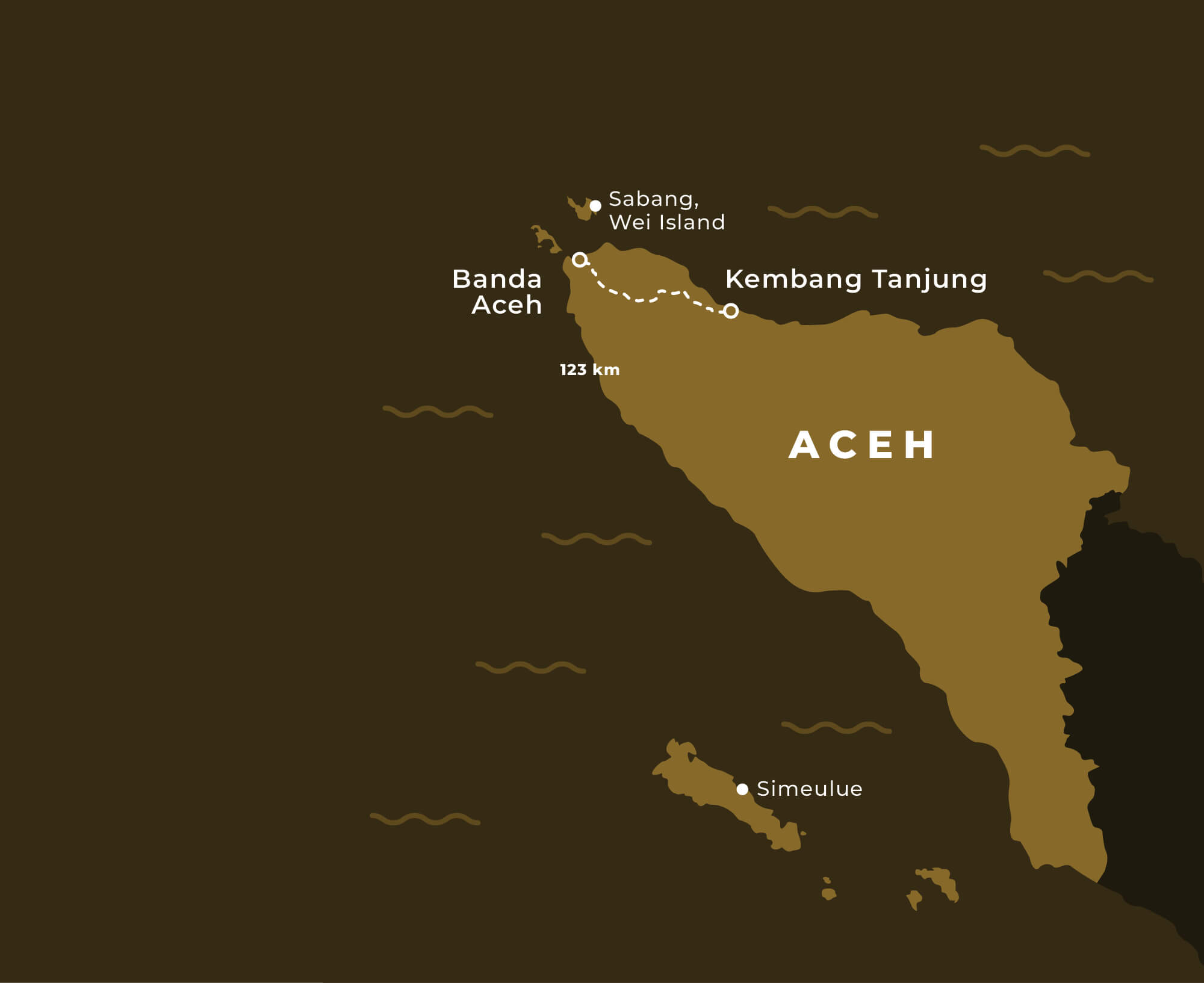
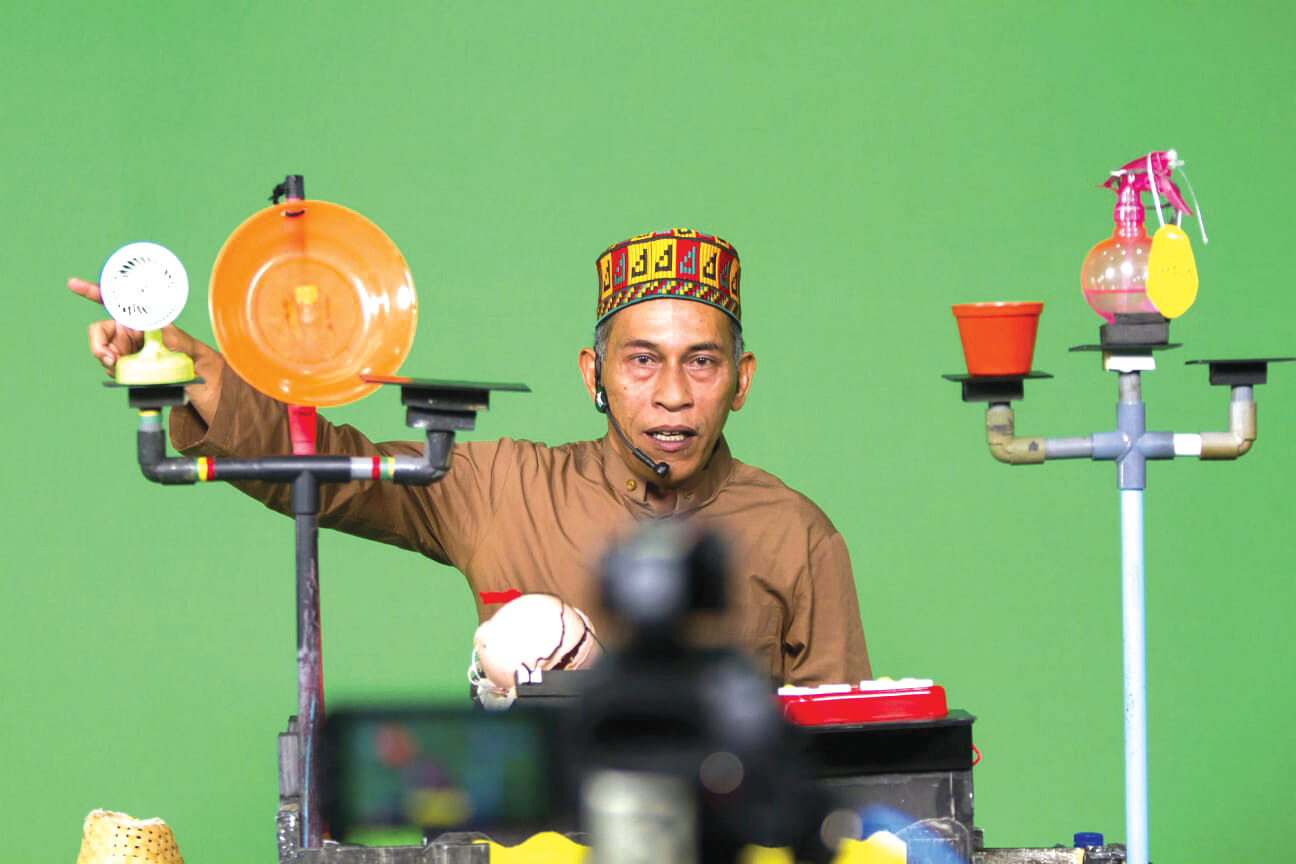
“I’ve collaborated with Mahasarakham University in Bangkok, as well as with institutions in Singapore, the Philippines, and several European countries. Next on my agenda is South Korea, followed by an installation art project at the Munich Museum in Germany for six months next year. I wish there were more attention to this kind of work in Indonesia as well.
“My goal is to modernise the art of storytelling in the archipelago. Every region has its storytelling tradition, but it remains very localised. It’s difficult for people to study because they first have to learn the language. The language of these stories is classical, which is challenging even for the locals. I’ve been developing a simpler, more accessible method that can be understood by the general public. My dream is to open a university or department focused on this,” he concluded.
The views and opinions expressed in this article are solely those of the interviewee and do not reflect the official policy or position of ASEAN.




